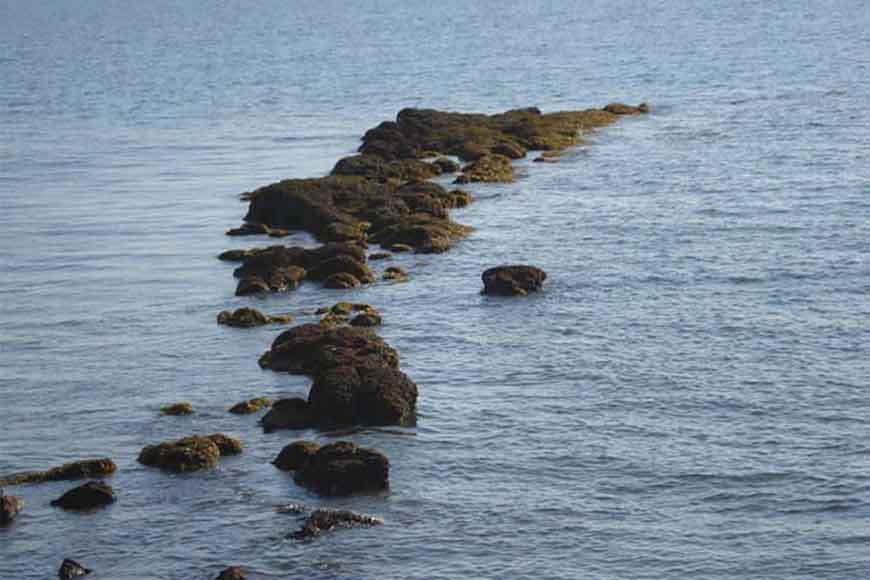Ruckus over Ram Setu: Is the effort to establish the myth over Adam’s Bridge worth all the trouble

India’s Prime Minister recently praised the mechanism of Pushpak Rath as mentioned in the Ramayana at a Science Congress. He even said there had been airports in ancient India. There are only a couple of such Pushpak Rath (chariots) mentioned in ancient texts. The one used by Ravanato kidnap Sita belonged to Kuber. After Ravana was defeated and killed by Ram, Dasharath used the same chariot to commute from Heaven to Lanka to meet his son. Nothing is known about the owner of the chariot though. These things were probably available free of cost in Heaven.

Meanwhile, Ram usurped the chariot after Ravana’s annihilation. He returned to Ayodhya with Sita and the Pushpak Rath remained in Ram’s garage. He used it whenever he needed to travel. Sita travelled in the chariot thrice: once when she was kidnapped by Ravana, next when Ravana lied to Sita about Ram’s death and sent Trijata, as her companion to witness Ram’s corpse from the skies. However, Trijatatold Sita that Ram was alive.
These days another sinister attempt is underway,to establish facts behind construction of Ram Setu. It is a pity the Indian Council for Historical Research, has been mobilized to carry out research and establish the presence of a submerged man-made limestone bridge. The long limestone stretch from Tamil Nadu’s Panwan island to Munnar island in Sri Lanka is a natural formation and is known as Adam’s Bridge. Scientists have categorically said they were created naturally. Many tried to establish it was constructed by Vanaras or army of monkeys, to help Ram reach Lanka. Thus,Ram becomes a historical character and ‘Jai Shri Ram’ gets a historical sanctity.

Research is always welcome, but one doubts its intentions, especially when the Prime Minister himself speaks on mythological chariots like Pushpak Rathas airplanes. In 2007, the UPA government presented a declaration before the court and said there was no concrete evidence to prove the bridge was man made. After ten years, again research has started on the same project: How was Ram Setu (Bridge) built?
Why is it imperative to establish something mentioned in an epic? An epic amalgamates elements from various sources including real incidents, imagination, story, folktales etc. The immortal deeds of Rama, is deeply embedded in our psyche and we often swear in the name of Ram or utter his name innumerable times, as an expression for communication. When Mahatma Gandhi was assassinated, he too said ‘Hey Ram’ before his death.Using an epic to fulfil petty political ambition is a manifestation of fanaticism. The kind we witness among Muslims. The strength and presence of this lobby may be insignificant, but with more power they will become stronger and take up arms. These organizations will try to establish supremacy of religion over liberalism and democracy.

As per legends, the 100-ft long and 10ft broad bridge was built in five days and thousands of monkeys pranced on it as they marched towards Lanka. Gigantic elephant-sized monkeys fetched huge trees and boulders and even mountain tops and dropped in the sea. That means the bridge was built with wood, soil and stones. The Sea God assured Ram that Nal would construct the bridge after Ram threatened him with his Brahmastra. But the deal was like a one-time password and it was agreed after the war, the bridge would dissolve. However, many believe, out of the 800-mile long bridge, the 30-mile-long Adam’s Bridge has survived ravages of nature. But the fact remains, the raw materials used to construct the bridge in the epic does not resemble the limestone bridge known as Adam’s Bridge.
Original Article written by Suvashis Moitra
on
www.bongodroshon.com
Translated by










